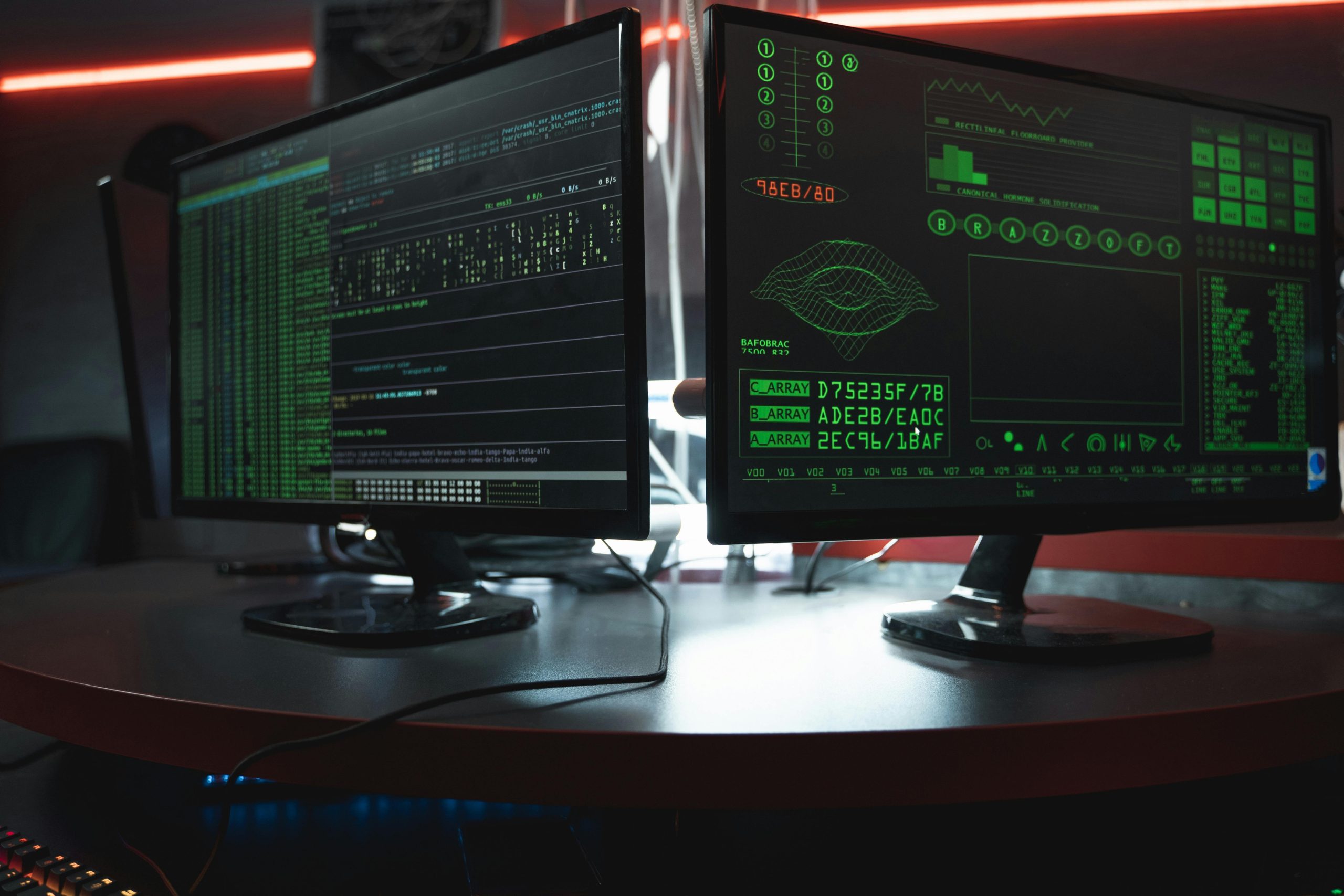Tackling Trojan Mining Viruses: A Comprehensive Guide
As technology continues to advance, certain threats, like Trojan mining viruses, can become a significant headache for many computer users. Recently, I encountered one such issue on my system, and I wanted to share my experience and seek advice from the community.
The Dilemma: High CPU Usage and Overheating
I discovered that my computer was affected by a Trojan mining virus, which was not only consuming an alarming amount of CPU resources but also causing my system to overheat. This situation is not only concerning for performance but also for the longevity of my hardware.
Diagnosis: Malwarebytes to the Rescue
In an effort to resolve the issue, a friend suggested running Malwarebytes— a popular malware detection and removal tool. Upon scanning, the program identified approximately 33 viruses, some of which had infiltrated the system’s critical directory: the System32 folder.
The Concern: To Remove or Not to Remove?
This discovery raised a crucial question for me: Is it safe to allow the program to remove malware from the System32 folder? Understanding the importance of this system directory, I am hesitant and unsure about the next steps. Would the removal process harm my operating system or lead to further complications?
Seeking Guidance
As someone who doesn’t consider myself particularly tech-savvy, I am reaching out for guidance. If you have experience dealing with similar malware situations, I would greatly appreciate any insights or recommendations you might have on how to approach the removal safely.
Thank you for your help; I look forward to getting my computer back to optimal performance!
Share this content:




Dealing with malware in the System32 folder can be a tricky situation, as this directory contains essential system files. First and foremost, it’s important not to manually delete or modify files within System32 unless you’re absolutely sure about what you’re doing. In cases like this, the safest approach is to allow reliable malware removal tools like Malwarebytes to quarantine or remove the detected threats automatically.
Before proceeding, ensure you have a complete backup of your important data. Run Malwarebytes or a similar trusted anti-malware program in Safe Mode to minimize the likelihood of the virus interfering with the removal process. During the scan, carefully review the list of detected threats; if Malwarebytes flags files within System32, allow it to handle these files automatically.
After removal, restart your system normally and monitor performance. It might also be wise to run a system file check using the command
sfc /scannowin an elevated Command Prompt to repair any corrupted system files caused by the malware.If you are unsure about specific files flagged in System32 or if issues persist after removal, consulting with a professional technician or performing a clean installation of your operating system might be the safest course of action.
Always ensure your antivirus and anti-malware tools are kept up-to-date to prevent and quickly address future infections.